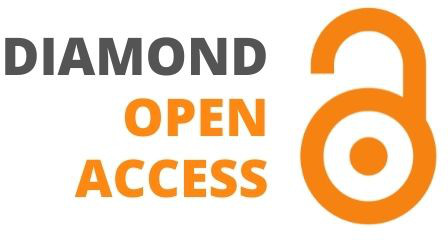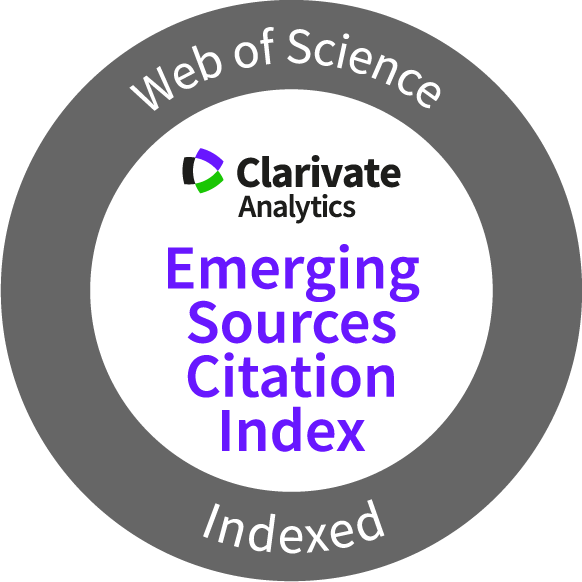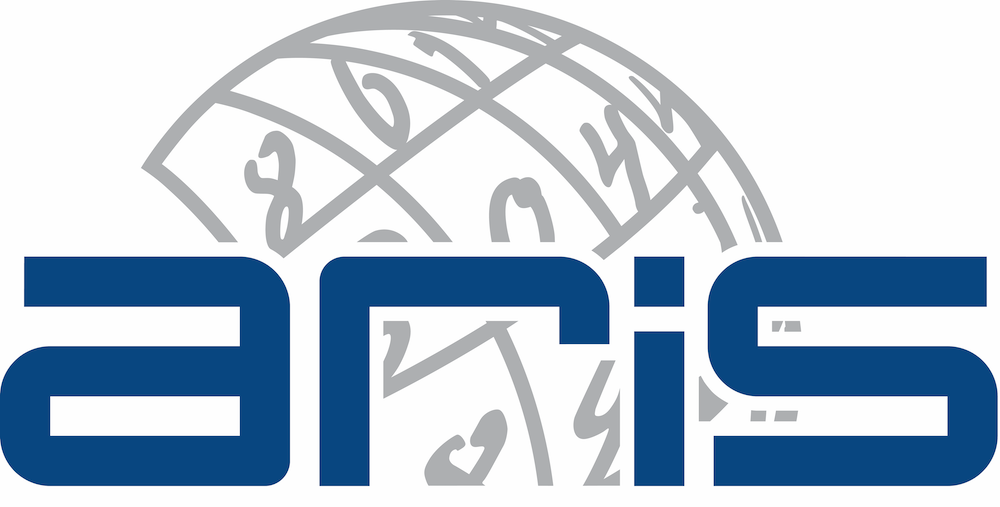Journal of Information Technology in Construction
ITcon Vol. 30, pg. 903-923, http://www.itcon.org/2025/37
Automated scheduling method for reducing spatial-temporal conflict safety risks, using ML and BIM
| DOI: | 10.36680/j.itcon.2025.037 | |
| submitted: | July 2024 | |
| revised: | May 2025 | |
| published: | June 2025 | |
| editor(s): | Žiga Turk | |
| authors: | Helia Emamialeagha, Senior teamlead
Snapp Market Pro h.emami@snapp.market Ahad Nazari, Associate Professor Department of Construction, Architecture and Urban faculty, Shahid Beheshti University, Tehran, Iran a_nazari@sbu.ac.ir Ali Shafaat, Assistant Professor Department of Construction, Architecture and Urban faculty, Shahid Beheshti University, Tehran, Iran ORCID: https://orcid.org/0000-0002-0784-6784 shafaat@outlook.com Shayan Shalchian, Alumni Faculty of Architecture and Urban Planning, Shahid Beheshti University, Tehran, Iran shn.shalchian@gmail.com | |
| summary: | Construction sites face inherent risks from overlapping activities in confined spaces and require advanced solutions to manage spatial-temporal conflicts. Surpassing previously developed static BIM tools, this study introduces an automated approach that revolutionizes job site safety planning by dynamically assessing conflict risks between evolving workspaces. The method integrates empirical workspace geometry with machine learning—using Support Vector Machine regression to predict worker presence—and BIM-driven dynamic conflict analysis, which reflects real-time changes in workspace sizes and team movements. By generating safety score matrices through pairwise risk assessments, it quantifies conflict types (physical impacts, proximity risks, workflow disruptions) and enables real-time scenario comparisons via Python-based evaluation. Adjustable parameters allow customization for team sizes, workspace allocations, and pandemic-specific adaptations such as social distancing. Case studies show that the system effectively identifies high-risk periods, compares different work sequences, and makes schedules without sacrificing productivity. Unlike earlier clash detection methods that only compared static models, this framework provides actionable safety metrics to proactively respond to conflict risks. Designed for scalability, the presented method manages computational demands in complex projects. This advancement represents a paradigm shift in construction safety, blending predictive analytics with practical adaptability to protect workers and streamline operations. | |
| keywords: | Safety Management, Building Information Modeling, Spatial-Temporal Conflicts, Workspace Modeling, Workspace Visualization | |
| full text: | (PDF file, 1.332 MB) | |
| citation: | Emamialeagha H, Nazari A, Shafaat A, Shalchian S (2025). Automated scheduling method for reducing spatial-temporal conflict safety risks, using ML and BIM, ITcon Vol. 30, pg. 903-923, https://doi.org/10.36680/j.itcon.2025.037 | |
| statistics: |





